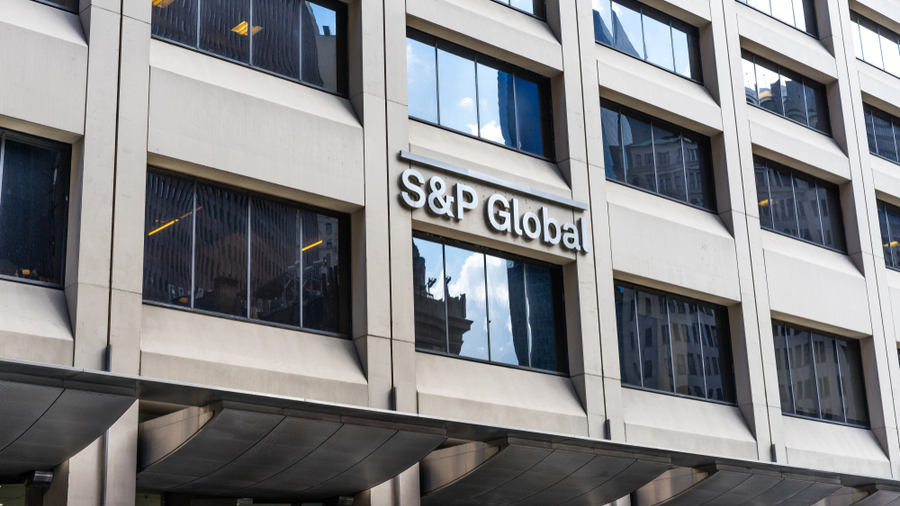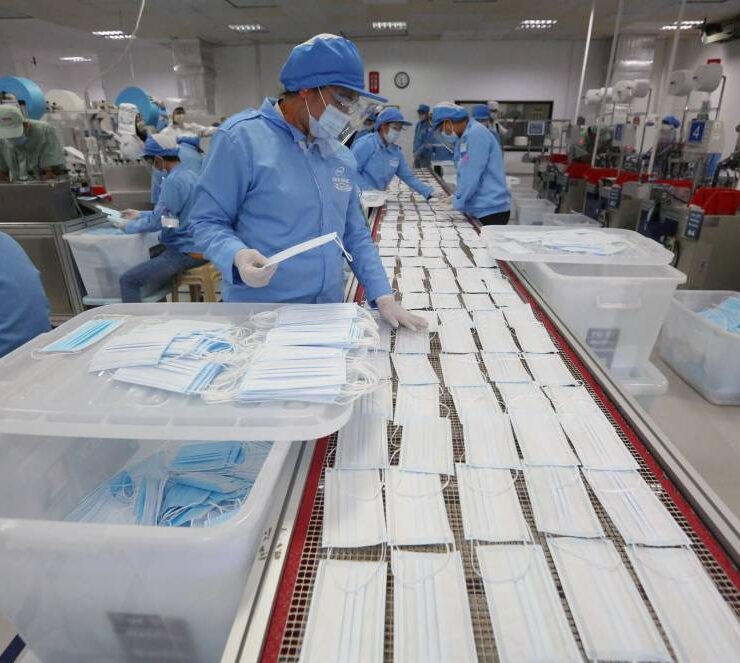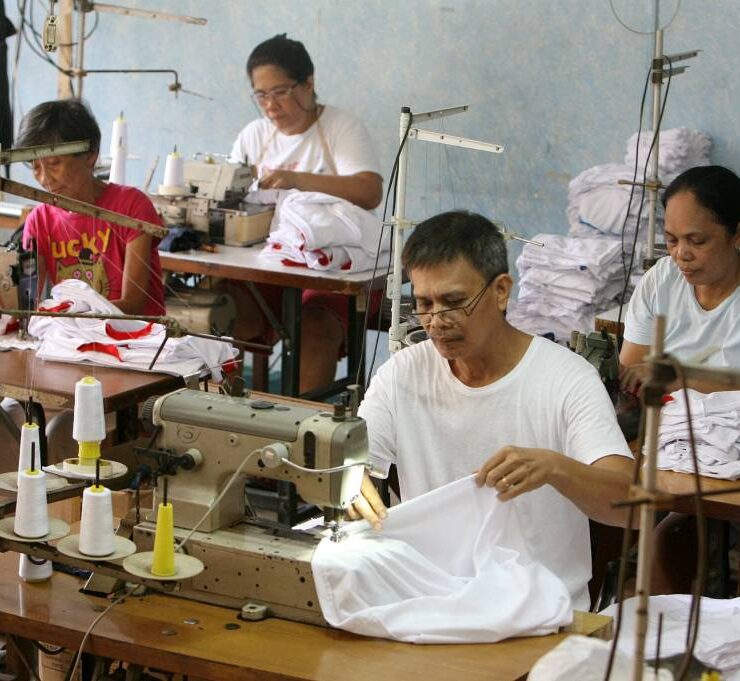PH manufacturing sector extends growth streak

The country’s manufacturing sector extended its growth streak in August as new orders continue to come in on improving global demand, S&P Global said on Monday. The S&P Global Philippines Manufacturing Purchasing Managers’ Index (PMI), which measures the country’s manufacturing output, stood at 51.2 in August.
This marked the 12th straight month that the index settled above the 50 threshold that separates growth from contraction.
A PMI reading above 50 suggests better operating conditions compared to the previous month, whereas a reading below 50 indicates a deterioration. While unchanged from July levels, the Philippines’ PMI reading was the second fastest among the top five Association of Southeast Asian Nations member-countries, trailing behind Thailand’s 52.
“The Filipino manufacturing sector showed sustained and modest gains midway through the third quarter. Growth in output and new orders accelerated on the month, thereby highlighting improving demand trends. However, employment fell, and buying activity cooled, suggesting that manufacturers remain cautious about growth prospects,” S&P Global Market Intelligence economist Maryam Baluch said in a statement.
According to the report, demand for local-made goods showed an increase, marking the largest expansion in new orders in three months.
However, demand from foreign customers dropped in August, as export sales fell for the first time this year. This suggests that the increase in demand was mainly driven by domestic factors.
Rising business needs led companies to increase their purchasing, but growth moved at a slowest pace in five months and remained modest overall.
Despite fewer jobs recorded in August, companies have managed to have enough capacity to meet demands.
Robert Dan Roces, chief economist at Security Bank, said that the easing of monetary policy in August could positively impact the purchasing activity in the coming months as it may encourage businesses to invest in their operations, leading to increased demand for materials and supplies.
“Lower borrowing costs can also stimulate consumer spending, which can further boost demand for manufactured goods. Overall, a more favorable economic environment created by these rate cuts may lead to increased purchasing activity among Filipino manufacturers,” Roces said.
The Monetary Board on Aug. 15 reduced its policy rate by 25 basis points to 6.25 percent, the first time in almost four years.
For the next 12 months, S&P Global noted that firms expressed optimism about future growth but with less confidence compared in the previous month.





















